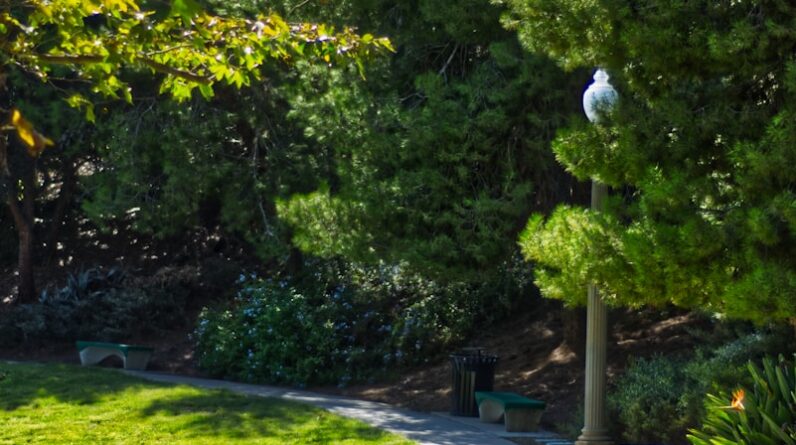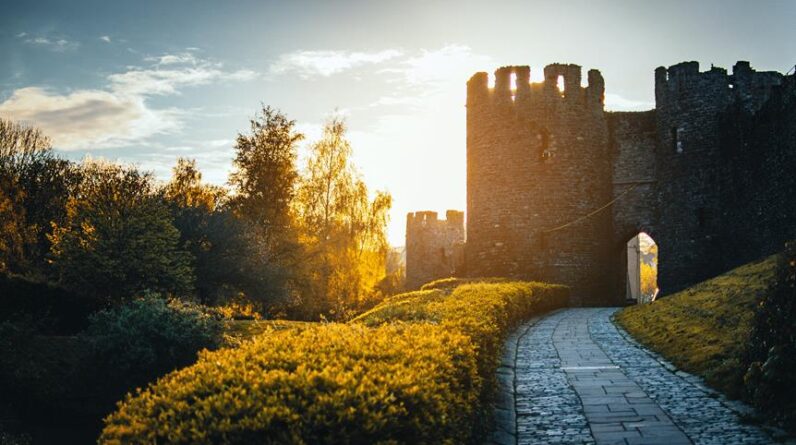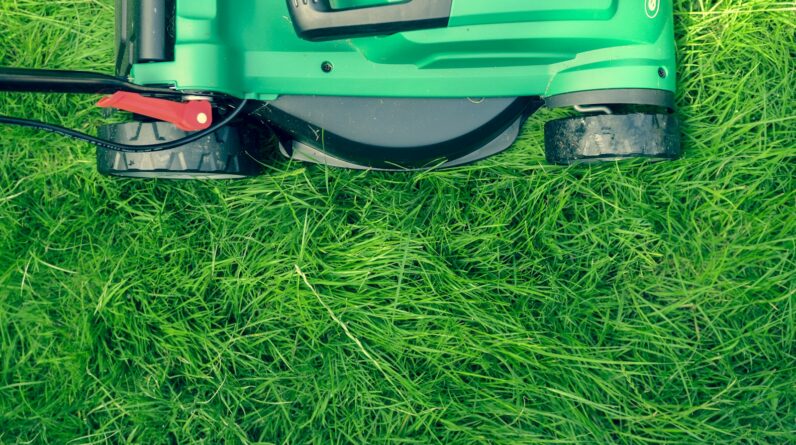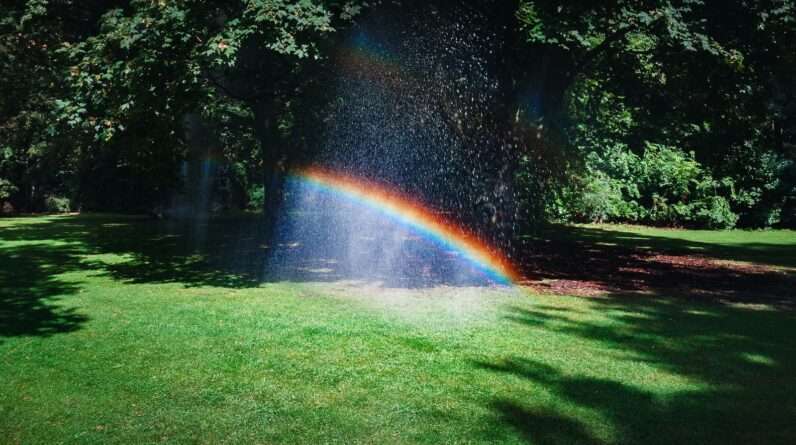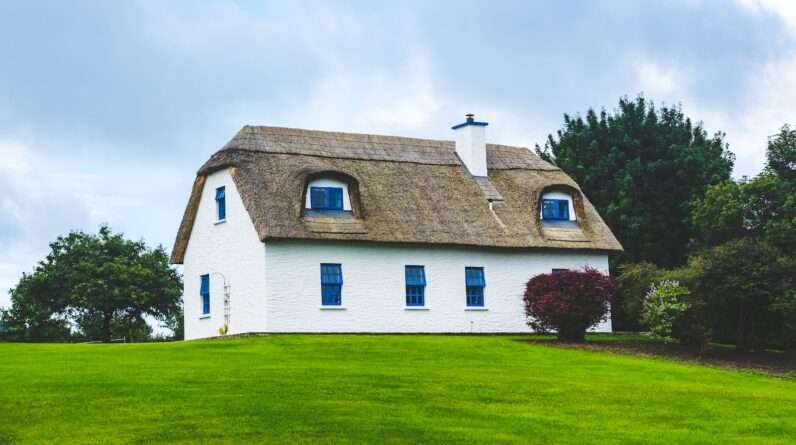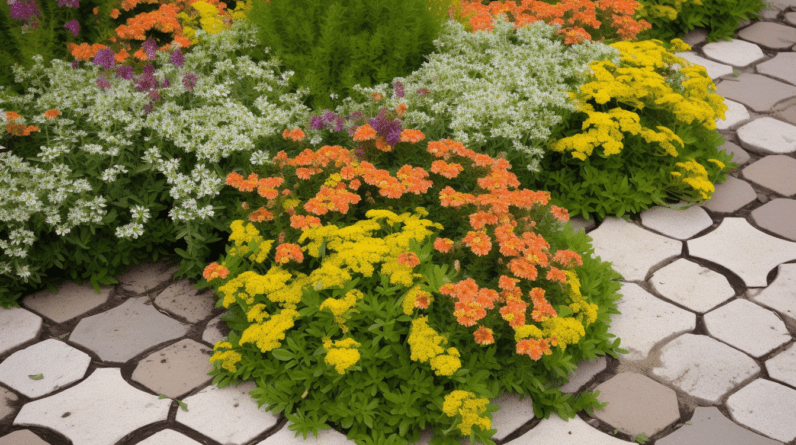
Have you ever looked at your outdoor space and felt like something was missing? Perhaps it looks too sterile, too plain, or too uninviting? Well, we have good news for you! There’s an easy way to add some life and color to your walkways and patios.
By planting groundcovers between pavers, you can fill in the gaps and create a more natural, organic look. Not only that, but groundcovers can also help prevent weeds from growing, reduce erosion, and even provide a soft cushion for your feet.
But with so many options out there, how do you choose the right groundcover for your space? Don’t worry, we’ve got you covered. In this article, we’ll explore the best plants for planting between pavers, taking into consideration your climate, light exposure, and foot traffic.
We’ll also provide tips on how to care for your groundcovers so that they stay healthy and beautiful for years to come. So let’s get started and bring some innovation to your outdoor space!
Overview
Creating a natural and low-maintenance pathway or patio can be achieved by choosing the right ground cover that will add texture and prevent weeds from taking over. For planting between pavers, plants like creeping perennials can create a beautiful and natural aesthetic that’s much more appealing than temporary sand or unnatural gravel/cement.
Ground covers that are tough and can withstand foot traffic are perfect for paths and walkways. There are many varieties that can thrive in different climates and light exposures. Choosing the right ground cover plants for pavers can seem daunting, but it’s important to assess the climate and sunlight exposure before making a decision.
Full sun options include Creeping Thyme and Dymondia, while shade options include Sedums, Chamomile, and Cranesbill. There are also damp shade options like Creeping Dogwood, Corsican Sandwort, Sweet Woodruff, and Blue Star Creepers. It’s important to remember that delicate leaf structures mean less traffic tolerance, so tough options like Rupturewort and Creeping Wire Vine may be better suited for narrow gaps.
By combining uniformity and variety, you can create a natural effect that’ll add beauty and texture to your pathway or patio.
Choosing Ground Cover Plants For Planting Between Pavers
When it comes to picking the perfect ground cover for your pavers, you want to make sure you’re selecting the cream of the crop – the tough, foot-traffic-withstanding varieties that will keep your walkway looking fresh and tidy. But with so many options out there, how do you know which plants to choose?
Here are some tips to help you make the best decision for your space:
- Consider the climate and sunlight exposure before choosing creeping perennials.
- Full sun options include Creeping Thyme and Dymondia, while shade options include Sedums, Chamomile, and Cranesbill.
- Delicate leaf structure means less traffic tolerance, so tough options like Rupturewort and Creeping Wire Vine are better suited for high-traffic areas.
- Narrow gaps can be filled with Blue Star Creeper and Dwarf Mondo, while consistently moist/damp soil options include Mazus, Golden Creeping Jenny, Jewelmint of Corsica, and Blue Star Creeper.
- A combination of uniformity and variety is recommended for a natural effect.
Assessing climate and light is an important step in choosing the right ground cover for your pavers. By taking into account the specific needs of each plant, you can ensure that your walkway remains beautiful and functional for years to come.
Assessing Climate and Light
Assessing the climate and light in your space will help you choose the perfect ground cover for your pavers, ensuring a beautiful and functional walkway that you’ll love.
Before selecting a ground cover, consider the amount of sunlight your pavers receive throughout the day and the climate in your area. Full sun options such as Creeping Thyme and Dymondia are perfect for areas that receive ample sunlight, while shade options like Sedums, Chamomile, and Cranesbill thrive in areas with less direct sunlight. For damp shade areas, Creeping Dogwood, Corsican Sandwort, Sweet Woodruff, and Blue Star Creepers are great options.
It’s important to choose a ground cover that is adapted to your local climate and soil conditions, as this will help ensure its success and longevity.
When choosing a ground cover, it’s important to select a variety that will not only fill in the gaps between your pavers but also add texture and interest to your walkway. A combination of uniformity and variety is recommended to create a natural effect.
Some great examples of ground cover options include Blue Star Creeper, which forms a dense, low mat between pavers, and Mondo Grass, which spreads rapidly to form a soft carpet. Native Violet offers pretty flowers most of the year, while Creeping Jenny is a popular choice growing 10-20cm tall. Creeping Thyme is another great option that offers low maintenance and beautiful colors.
Examples of Ground Cover For Planting Between Pavers
Choosing the right ground cover for your walkway or patio can make all the difference in creating a beautiful outdoor space. With so many options available, it can be overwhelming to decide which plants will work best.
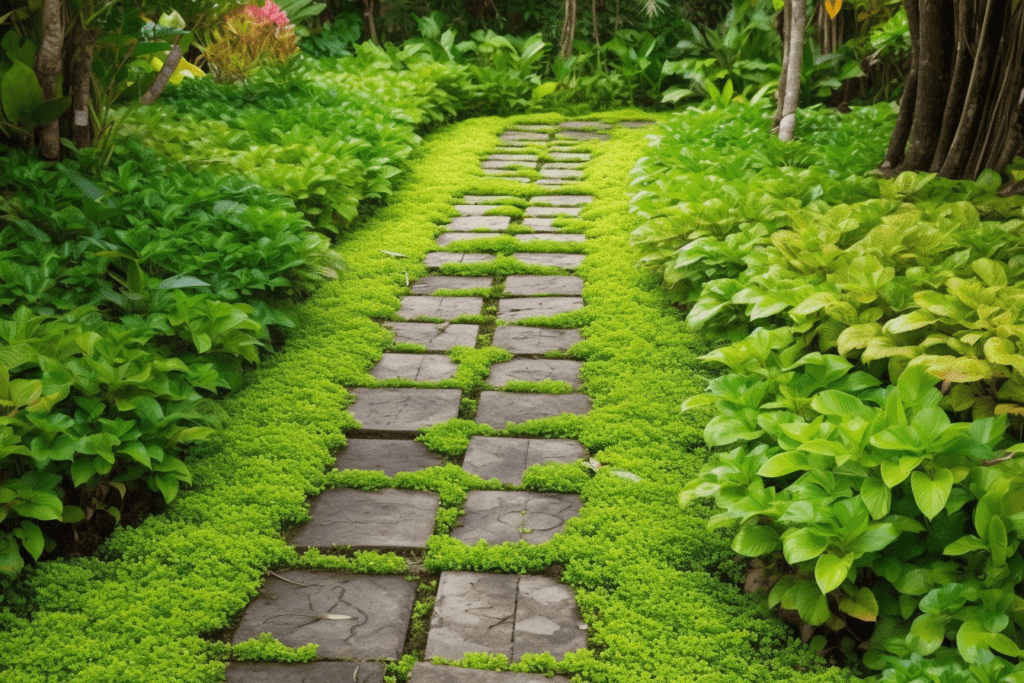
However, there are several great choices that can add color, texture, and fragrance to your pathways. For instance, Native Violet offers pretty flowers for most of the year, while Temple Grass is commonly used for rockeries and between stepping stones. Creeping Thyme, on the other hand, offers low maintenance and beautiful colors. Whether you want something delicate or tough, there’s a ground cover that will work for your space.
In addition to the examples mentioned above, there are countless other ground cover options that can fill in the gaps between your pavers. At Armstone, we offer expert help in choosing the perfect plants for your walkway or patio. Our goal is to create beautiful homes with exquisite outdoor spaces that match your lifestyle needs.
Whether you need advice on climate and light or want to explore new ground cover options, we’ve got the latest tips and advice available on our website. Subscribe to our newsletter for updates and start transforming your outdoor space today.
Expert Help Available
At Armstone, we pride ourselves on offering expert help in selecting the perfect ground cover for your outdoor space. Our team of professionals is committed to finding the right creeping perennials that will thrive in your current climate and soil conditions while also providing a natural and aesthetic look for your pathways and patios.
Our services go beyond simply recommending a ground cover. We take into account factors such as sunlight exposure, traffic tolerance, and soil moisture to ensure that you have a low-maintenance yet beautiful outdoor space.
Additionally, we provide the latest tips and advice on our website, ensuring that you have access to the most up-to-date information on ground covers and outdoor design. Subscribe to our newsletter for updates and let us help you create the perfect outdoor oasis for your lifestyle needs.
Frequently Asked Questions
Can groundcovers between pavers attract pests or insects?
Have you ever worried about groundcovers between pavers attracting pests or insects? Well, let me tell you, it’s not as scary as it sounds.
In fact, it’s similar to having a picnic in the park – there may be bugs around, but as long as you keep your food covered and clean up afterwards, you’ll be just fine.
The same goes for groundcovers. If you choose the right plants for your climate and soil conditions, and water them appropriately, you shouldn’t have any issues with pests or insects.
Plus, having beautiful and low-maintenance groundcovers between your pavers is a great way to add texture and fragrance to your outdoor space. So don’t let the fear of bugs hold you back from creating a stunning and functional pathway or patio.
How often should groundcovers be fertilized?
When it comes to keeping our outdoor spaces beautiful and healthy, we all want to stay on top of the latest tips and advice.
One question we often hear is how often groundcovers between pavers should be fertilized. At Armstone, we recommend fertilizing your groundcovers every spring to ensure they maintain their bright color and healthy growth.
Of course, the exact frequency may depend on the specific type of groundcover you’ve chosen and the conditions in your area.
Are there any groundcover plants that are toxic to pets?
When it comes to choosing groundcover plants, it’s important to consider any potential risks to our furry friends.
While many groundcovers are safe for pets, there are some that can be toxic if ingested.
As a team, we always recommend researching plants before introducing them to your outdoor space.
Some common toxic groundcovers include English Ivy, Creeping Charlie, and Lily of the Valley.
It’s important to keep an eye on our pets and make sure they don’t eat any potentially harmful plants.
By being mindful of our choices, we can create a beautiful and safe outdoor space for both ourselves and our pets.
Can groundcovers be easily removed or replaced?
Did you know that groundcovers can be easily removed or replaced? This means that you can switch up your pathway or patio design whenever you feel like it, without having to worry about damaging the plants.
This flexibility is perfect for those who have a subconscious desire for innovation and are constantly seeking new ways to improve their outdoor spaces.
What is the average lifespan of groundcover plants between pavers?
Let’s talk about the lifespan of groundcover plants between pavers. It’s an important factor to consider when choosing the right plants for your pathways and patios.
While there’s no set lifespan for all groundcovers, many can last for several years with proper care and maintenance. Regular watering during dry spells and fertilization can help extend their lifespan. However, some groundcovers may need to be replaced every few years due to natural wear and tear or changes in environmental conditions.
At Armstone, we offer expert guidance in selecting the best groundcovers for your specific needs, ensuring that your outdoor spaces remain beautiful and innovative for years to come.
Conclusion
Wow, who knew that choosing the right groundcover for planting between pavers could make such a huge difference in the appearance of your outdoor space?
After reading about all the options and considerations, I’m convinced that filling in those gaps with the perfect plants is a must-do for any homeowner.
Not only will the right groundcover make your space look more attractive, but it’ll also help keep pesky weeds at bay and prevent erosion.
Plus, with expert help available, there’s no reason not to take advantage of this simple yet effective landscaping solution.
So, let’s get planting!

